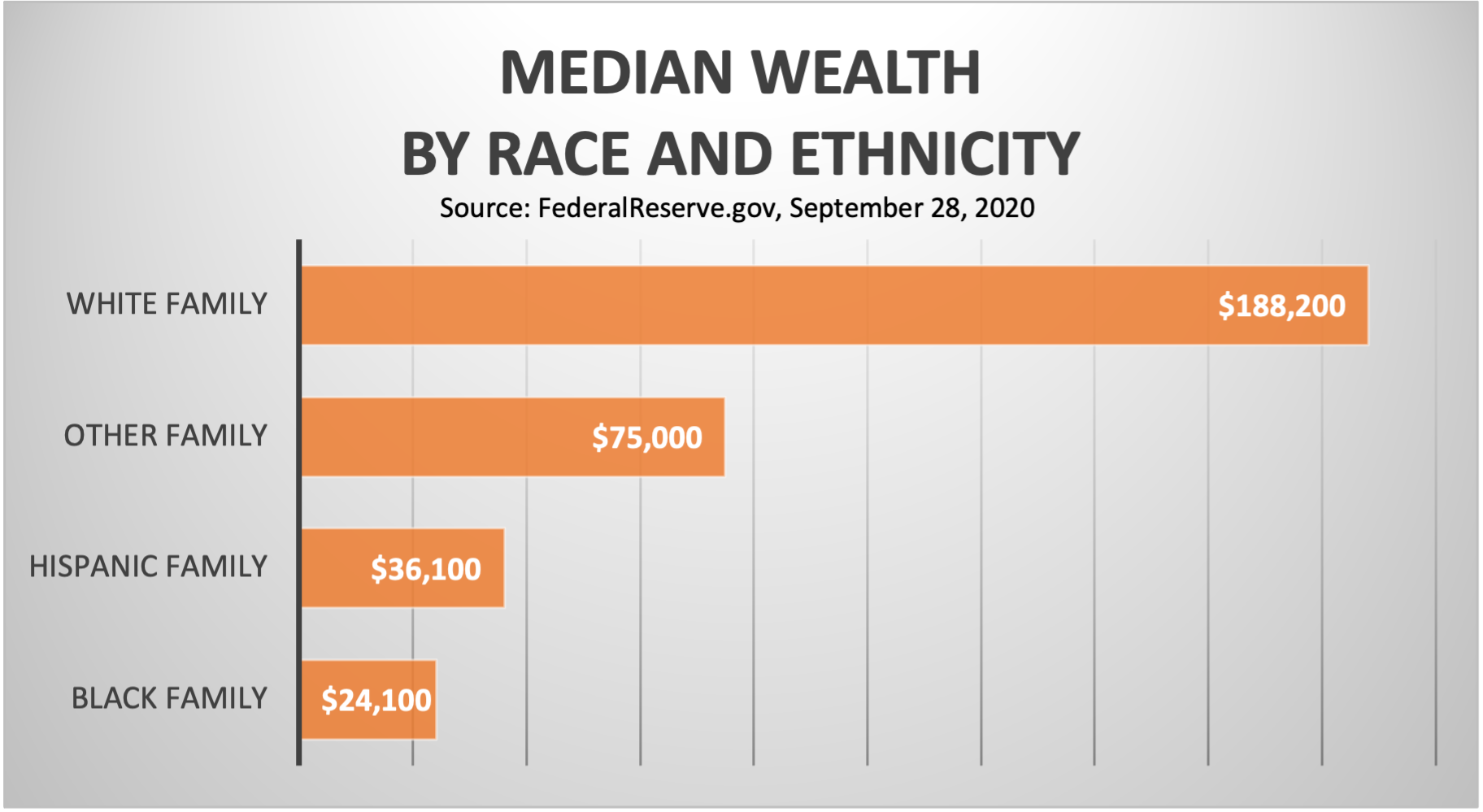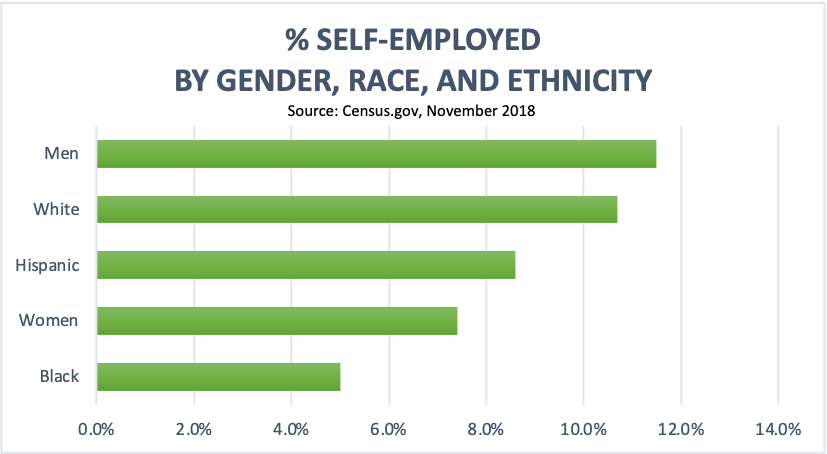


Why it matters
Why it matters
The United States is in a bit of a predicament. The wealth gap in our great country – the difference in wealth between the richest and poorest Americans – has increased at an unprecedented rate over the last 40 years. It has now reached a breaking point where 99% of our collective wealth is held by half our people, leaving only 1% for the rest.
This unsustainable reality puts America in a precarious first place position amongst its global peers. We now boast the highest levels of income and wealth inequality of all industrialized G-7 nations. United States is the richest country in the world, yet a recent pandemic survey found that 40% of us can’t afford a $500 financial emergency.

WEALTH DISTRIBUTION IS SKEWED

Perhaps the most pressing issue is not the wealth gap itself, but how wealth is distributed across American society. The wealth gap in our country is not a simple case of the “haves” versus the “have-nots”. If it were, we would see income and wealth allocated in proportion to demographic representation. The trends in the US data tell a different story.
The wealthiest 50% are predominantly white, while the least wealthy 50% are disproportionately BIPOC and Hispanic. In fact, 75% of Black Americans are in the lowest 50% of wealth as are 67% of Hispanic Americans, and only 41% of white Americans. These racial and ethnic disparities in wealth do not reflect the democratic values of America.
It’s complicated. Systemic patterns of unequal treatment litter our nation’s history. Women were denied the right to vote for the first 150 years of our nation. Blacks were denied free land grants after the Civil War, and then less than 100 years ago they were again excluded – this time from home ownership opportunities through a discriminatory process called redlining. Less has been researched about the underlying causes of the wealth gap between Hispanic and white families, but it does exist.


These practices have prevented specific demographic groups from achieving economic mobility at the same rate as others. Economic mobility is the ability of an individual or family to improve their economic status and create a better life for themselves and their children. As wealthy Americans work hard to preserve their wealth and pass down lucrative gifts to their children (inheritances, education, homes, businesses, and other assets), poor Americans work hard to pass down a strong work ethic and values, but little financial security or advancement. In the U.S. it takes five generations (that’s 100 years!) for a low income family to reach average income, if they ever do. It’s easy to see how the cycle repeats and the wealth gap grows.
BUSINESS OWNERSHIP IS SKEWED
COVID exacerbated the issue. Pandemic era business closures widened the wealth gap even more as small businesses owned by women, Hispanics, and people of color unraveled at higher rates. These businesses are most vulnerable to hardships like the pandemic as they are smaller in revenue, have fewer employees, and possess less in cash reserves to weather a storm. These differences can be explained in part by structural barriers to acquiring capital, knowledge, and market access necessary for growth.



Business ownership is a key component to wealth creation. The richer you are, the greater the likelihood that you own a business. Only 4% of people in the bottom 50% of wealth are business owners, compared to about 35% of people in the top 25% of wealth. Building a business is one of the best ways to build wealth, and not everyone has equal opportunity. A change in business ownership opportunity is long overdue.

DEMOGRAPHICS ARE CHANGING
The issue for America is this – we are a constantly changing kaleidoscope of color and diversity. Although white Americans are the majority today, demographic trends predict big changes in our population over the next few decades. The 2020 U.S. Census reported that by 2045, America will become “white minority” for the first time, as white Americans will be surpassed in collective number by all other races and ethnicities. What happens then?
If not corrected, persistent wealth inequality threatens to undermine our democracy, our economy, and our political system. Wealth inequality limits people’s opportunities. It can unbalance our democracy, giving the wealthy too much political influence and access. It can have a harmful effect on economic growth when so much human potential is wasted. Finally, wealth inequality goes against the founding values of our nation.
It’s time to share the wealth….Better Together Brands has the solution.
